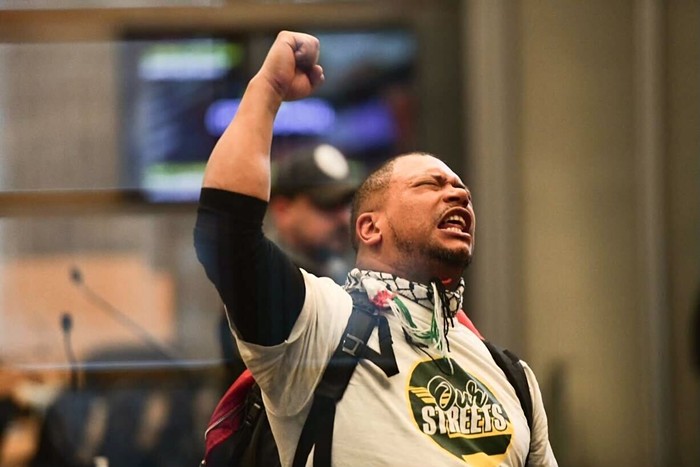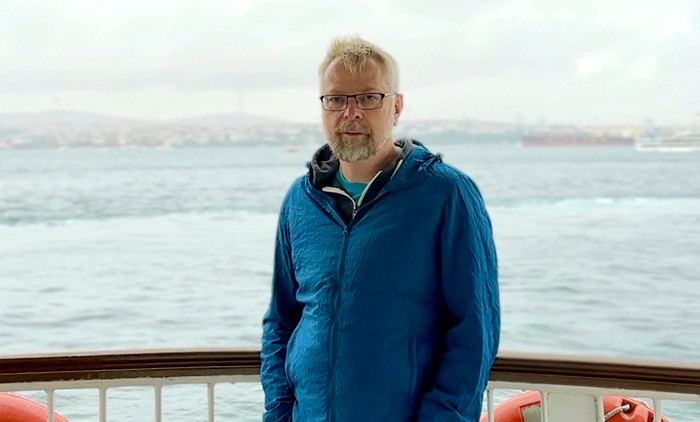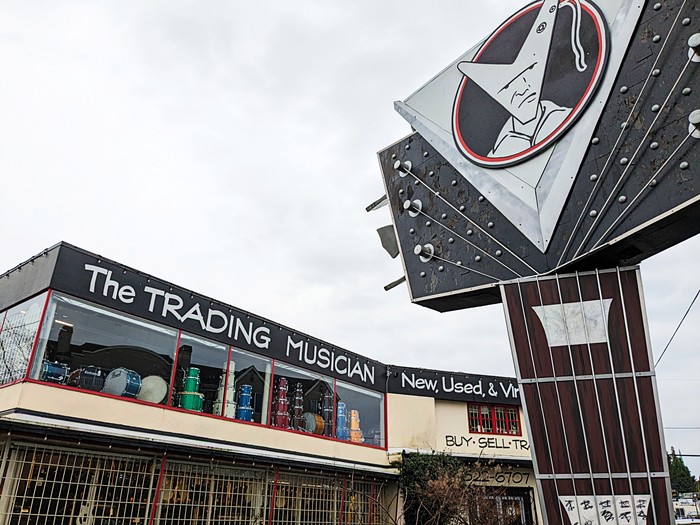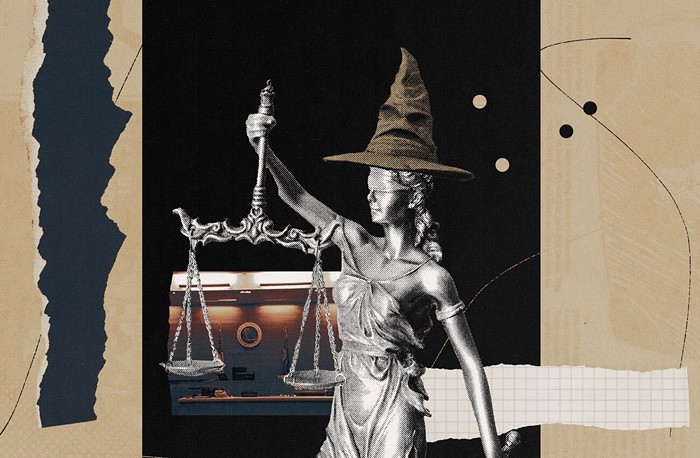
On July 2, the Obama administration told Seattle's Duwamish tribe that they don't qualify for long-sought federal recognition. The Duwamish—who include descendants of Chief Sealth, or Seattle, the Suquamish-Duwamish leader who signed the 1855 Treaty of Point Elliott—have been fighting for recognition for decades. Last week's decision, supposedly final, prevents the Duwamish from accessing those treaty rights and economic empowerment through gaming.
Yesterday, the Duwamish announced that they'll keep fighting. Chairperson Cecile Hansen released a statement in response to the federal government's decision, shaming the Bureau of Indian Affairs for piling on to the long history of cultural genocide:
In the eyes and mind of our people, the Duwamish Tribe does exist. We are extremely disappointed (yet again) in the BIA's "dehumanizing" decision to do away with our existence according to the rulings that were made in the past.
Please check the history of all Washington Tribes who sought to be recognized by the BIA since the 70’s and are now considered to be legitimate tribes. There is room for us all. Unfortunately, the task of conquering the process of proving our own existence has eluded the Duwamish despite our long history dating back thousands of years.
Chief Seattle’s Duwamish people were friendly to the first pioneers and city fathers. We sacrificed our land to make the City of Seattle a beautiful reality. We are still waiting for our justice.
The Duwamish Tribe completed the first regulations and endured the long, long, long waiting period receiving (2) preliminary negative determinations over the years. Finally, we succeeded and were recognized by the Clinton Administration in 2001, to only have it taken away by President Bush eight months later. Under this appeal process, we have again been denied our rightful place in the history of Seattle. Is all complete in the business of the total genocide of the Duwamish People ~ the people of Chief Sealth for whom our great city is named?
SHAME ON THE BUREAU OF INDIAN AFFAIRS!
The Duwamish also announced that they'll be holding a press conference related to the decision at their Longhouse tomorrow.
In the meantime, here are three things to know about the Duwamish and federal recognition:
1. The federal government denied the Duwamish recognition based on seven criteria, three of which the government says the Duwamish did not meet. So, to clarify: In order for a group of people who had populated what we now call Seattle for thousands of years to be seen as authentic enough by a government that has only existed for a few centuries, the burden has been placed on indigenous communities to "prove" how Indian they are.
Criterion 83.7(a), for example, requires that the tribe be identified by "outside observers" on a continual basis since 1855. I called up University of British Columbia historian Coll Thrush to understand more fully what that, and the other criteria, meant. "If white people don't think these are Native people, then that matters," he explained, "which is a pretty biased criterion."
2. The other two criteria dinged the Duwamish for not maintaining a "distinct community" since first contact with non-Indians and not maintaining "identified leaders" before 1939.
3. There are several reasons why it may have been pretty difficult to maintain "distinct community" after first contact with settlers in Seattle or after 1855. Here are just a handful:
• Seattle's early leadership, a "Board of Trustees," passed a law in 1865 mandating the removal of Native Americans from the city.
• In 1866, Congressman Arthur Denny fought against establishing a Duwamish reservation.
• "There was a proposed Duwamish reservation in Tukwila and basically every white man in King County signed a petition against that, so it was never ratified or established," Thrush said. Business leaders like sawmill-owner Henry Yesler also made statements against a Duwamish reservation. "[A reservation] would have taken a chunk of land out of the jurisdiction of white landowners and put it in the jurisdiction of the federal government," Thrush added. "There are these series of moments in the 19th century that work against the Duwamish as a distinct community."
• White settlers burned down Duwamish longhouses. The last one was destroyed in 1893.
• In 1916, Seattleites lowered the level of Lake Washington to build the Lake Washington Ship Canal, which drained the Black River. The Duwamish had lived and fished on the Black River for at least a millennium. An account of that day from one Duwamish descendant interviewed at the time described the disappearance of the Black River as "quite a day for white people at least. The waters just went down, down, until our landing and canoes stood dry and there was no Black River at all. There were pools, of course, and the struggling fish trapped in them. People came from miles around, laughing and hollering and stuffing fish into gunny sacks." Because of that, according to Thrush's book, Native Seattle, Seattle settlers had "dramatically reduced the utility—and habitability—of that landscape for indigenous people."
Despite all of these attempts to erase the Duwamish people from Seattle—including a diaspora created by the very government that is now penalizing the tribe for having a diaspora—they're still here today. The BIA also found that the Duwamish did meet the last four criteria, one of which is the fact that 99 percent of the tribe has already proved their ancestry to the pre-1880 Duwamish.


















